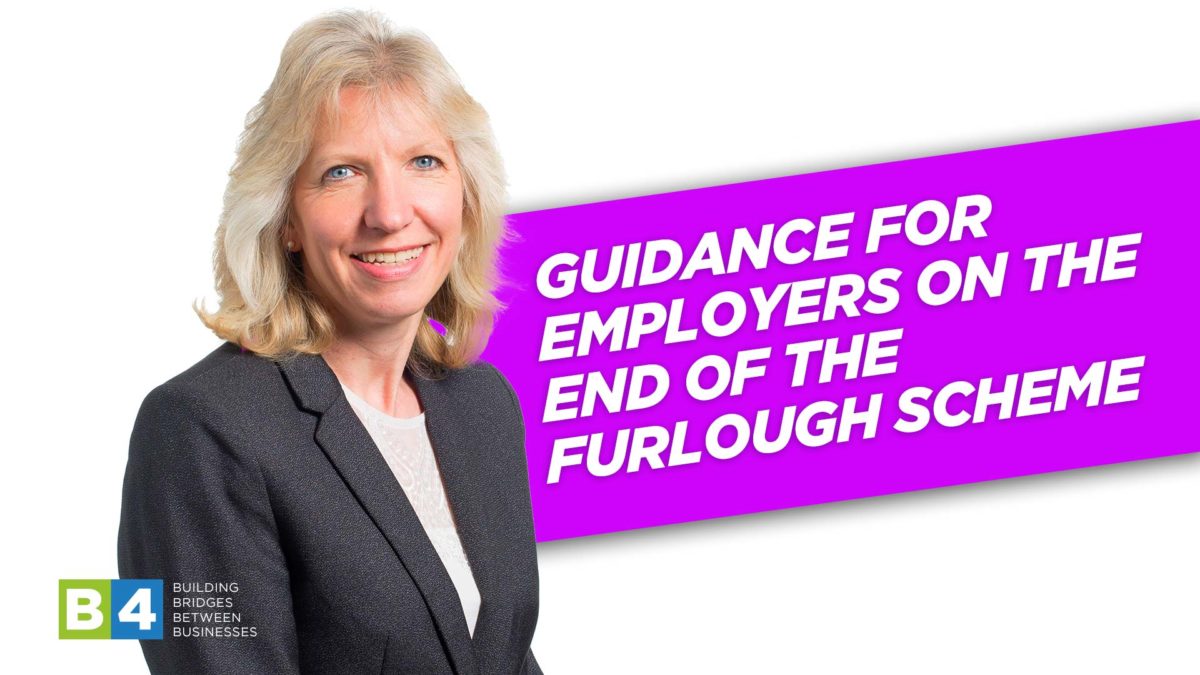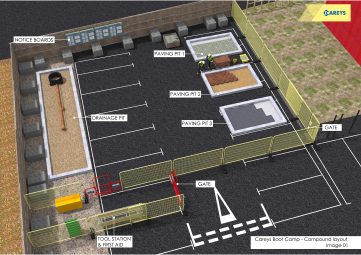
Guidance for employers on the end of the furlough scheme
How many jobs have been saved by the furlough scheme? We won’t ever know the answer to that question but 11.6 million jobs have been supported by the scheme at some point.
Karen Plumbley-Jones, managing associate at law firm Womble Bond Dickinson
The importance of the furlough scheme
How many jobs have been saved by the furlough scheme? We won’t ever know the answer to that question but 11.6 million jobs have been supported by the scheme at some point. That equates to roughly 40% of the total UK workforce. There is no doubt that, without the scheme, many thousands of employees would have lost their jobs. Anecdotally, we have seen far fewer redundancies than we expected at the beginning of the pandemic. This is borne out by the September employment figures, which show that the UK employment rate has almost bounced back to its pre-pandemic level, and the latest ONS statistics indicate that the redundancy rate has returned to pre-COVID levels.
Advice for employers when the scheme ends
As of 31 July this year – the latest date we have figures for – approximately 1.6 million employees were still on furlough, employed by around 25% of employers. Assuming those employees are still furloughed, a quarter of all employers will now be considering what to do when the scheme ends.
According to the latest HMRC guidance on the scheme, employers have three choices when the Government ends the scheme:
- Bring employees back to work on their agreed terms and conditions.
- Agree any changes to terms and conditions of employment with employees.
- Terminate their employment.
HMRC notes that, when employers are making decisions about how and when to end furlough arrangements, equality and discrimination laws will apply in the usual way and normal redundancy rules apply to furloughed employees.
Bringing employees back to work
Employees could have been out of the business for anything up to 18 months, and going back to work from furlough will be similar to returning from maternity leave or a long period of sickness absence. Where employers stayed in touch with staff and provided support, employees will find it easier to come back. However, employers should consider what assistance employees will need when they start work again and a mini-induction may be required to ensure they are up to speed with changes in the organisation and any new IT. It is important that employers do not treat employees differently in future because of their period of furlough, eg in relation to promotion, discretionary bonuses or redundancy, as this could lead to claims for discrimination and unfair dismissal.
Agreeing changes to terms and conditions
Employers must not impose changes to terms and conditions (eg reducing salary or hours of work) unless they have the contractual right to do so, as it can result in claims for breach of contract, deductions from wages and unfair or constructive dismissal. They need to consult with staff and agree the changes with them. Collective consultation with trade union or elected representatives may be required if 20 or more employees are affected by the proposed changes. “Fire and rehire” has been in the news recently as a tactic for changing terms and conditions but this can be risky and employers should take advice before going down this route.
Terminating employment
If employers have insufficient work for employees to do, they may need to make redundancies. However, they need to consider alternatives to redundancy: they may be able to use the shift to home and hybrid working as a means to reduce costs and avoid job losses.
If redundancies are necessary, they must be for a genuine reason and there are strict rules in place regarding the procedure that an employer has to follow, in order to avoid claims for unfair dismissal. This includes consultation with the affected individuals and with trade union or elected representatives if 20 or more redundancies are proposed, getting the pool for selection right, agreeing the selection criteria, considering alternative employment and offering an appeal. Again, employers should take advice before making redundancies in order to reduce the risk of any claims.
What does the future hold?
We expect that employers will bring employees back to work where they can, and will only make redundancies where they have no other option. Job losses are more likely to occur in sectors that are still subject to restrictions, such as the travel industry.
In previous recessions, employers were quick to save costs by making redundancies, then found it challenging to recruit the staff they needed when the economy improved. We currently have a competitive jobs market, with around one million vacancies and staffing shortages in various industries. Employers may find it difficult to recruit in the future if they make redundancies now.
More in HR

Time to Prioritise Mental Health in the Workplace: World Mental Health...
In case you haven’t seen Jonna Mundy, CEO of You Consultancy Ltd. is hosting a CIPD event not to be missed! Whether you are an HR professional or specialise / have an interest in Health and Wellbeing, why don’t you join Jonna and a fabulous line-up of guests at the Mercure Oxford Hawkwell House Hotel. […]

Unlocking Excellence
In the ever-evolving realm of human resources and organisational development, leaders consistently grapple with pivotal decisions in shaping their core people functions. Traditionally, many have opted for in-house resources to bolster internal teams for managing people matters. However, in the face of contemporary employment challenges and evolving expectations, leaders are increasingly turning to a more […]

Navigating HR & OD Challenges in 2024: A Guide to a...
Introduction: As we step into the New Year, the ever-evolving landscape of human resources (HR) and organisational development (OD) presents both exciting opportunities and unique challenges for HR Professionals, Leaders, and Managers. From adapting to accommodate ongoing workforce needs or addressing emerging trends, January 2024 sets the stage for those responsible to proactively shape the […]
From this author

Pioneering planning scheme shortlisted for economic growth award
An exciting planning project in the Vale of White Horse has been recognised by being shortlisted for an industry award.

Pioneering Careys Construction Campus to be piloted at Oxford North
Oxford North, the new £700 million innovation district in Oxford, is to welcome Careys Construction Campus to provide free, flexible on-site ground working construction training which will guarantee an offer of an interview on completion of the training and boost jobs and talent in the industry.

Projects at Nicholsons
Nicholsons has built a strong reputation for delivering exceptional landscaping and forestry projects across a diverse range of clients. From small private domestic gardens to large-scale commercial developments, the company continues to push the boundaries of creativity and sustainability in landscape design.


